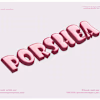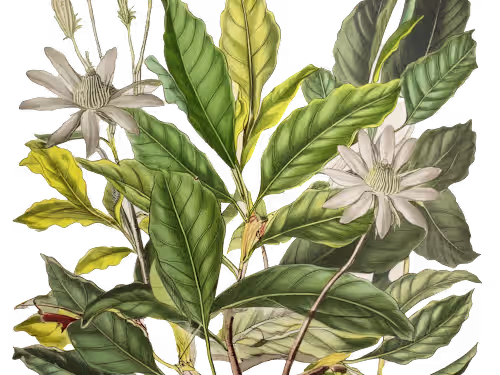
Brand Design Packages
Contact for pricing
About this service
Summary
What's included
Logo Design
Primary Logo: The main version of the logo. Secondary Logo: Alternate versions of the logo for different uses. Logo Variations: Black and white, color, and transparent background versions. Logo Usage Guidelines: Instructions on how to use the logo correctly in various contexts.
Color Palette
Primary Colors: The main colors used in the brand. Secondary Colors: Additional colors that complement the primary colors. Color Codes: Hex, RGB, and CMYK values for each color.
Typography
Primary Font: The main font used in the brand. Secondary Font: Complementary fonts for different types of text (headings, body text, etc.). Font Usage Guidelines: Instructions on how to use the fonts in different contexts.
Brand Icons and Graphics
Custom Icons: Icons that match the brand style. Illustrations: Any custom illustrations used in the brand materials. Patterns and Textures: Custom patterns or textures that complement the brand.
Stationery Design
Business Cards: Design for company business cards. Letterhead: Branded letterhead template. Envelopes: Design for company envelopes. Email Signature: Branded email signature template.
Marketing Materials
Brochures: Design for company brochures. Flyers: Templates for promotional flyers. Posters: Branded posters for events or promotions
Digital Assets
Social Media Profiles: Profile and cover images for social media platforms (Facebook, Twitter, LinkedIn, Instagram). Social Media Templates: Templates for posts, stories, and advertisements. Website Elements: Design for website elements like buttons, icons, and banners.
Brand Guidelines Document
Brand Story: An overview of the brand’s mission, vision, and values. Logo Usage: Detailed guidelines on logo usage, including spacing and placement rules. Color Usage: Guidelines on how to use the brand colors. Typography: Detailed guidelines on font usage. Imagery Style: Instructions on the style of images and graphics to be used. Tone of Voice: Guidelines on the brand’s tone and voice in written communications. Examples of Correct and Incorrect Usage: Visual examples to guide the proper application of the brand elements.
Packaging Design (if applicable)
Product Packaging: Design for product packaging. Labels: Design for product labels
Additional Items (depending on the brand)
Merchandise: Design for branded merchandise like t-shirts, mugs, etc. Signage: Design for physical signage for stores or offices.
Skills and tools
Brand Design
Brand Strategist
Digital Marketer
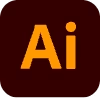
Adobe Illustrator
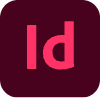
Adobe InDesign
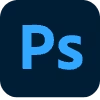
Adobe Photoshop
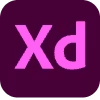
Adobe XD

Figma
More services
